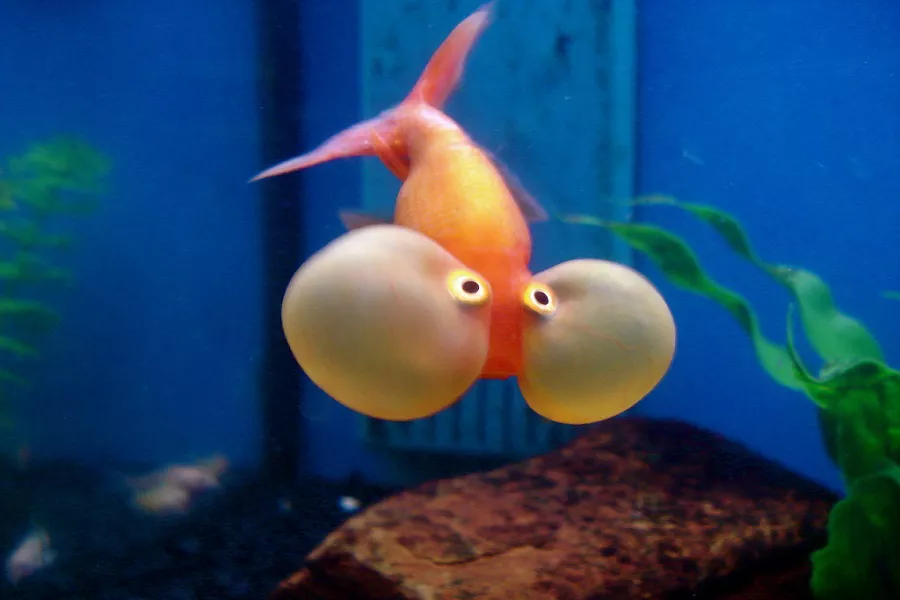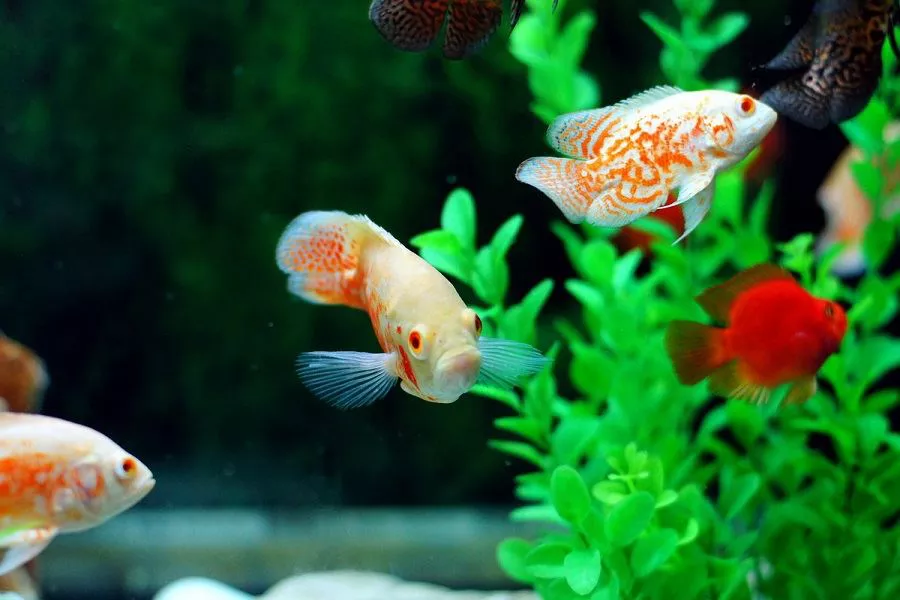How to raise goldfish in spring? The temperature rises in spring and the weather changes greatly. Therefore, raising goldfish in spring is the most complicated and difficult to raise in all seasons of the year, and management cannot be sloppy. At this time, the goldfish has gone through the wintering period of gonad development and tends to mature, which puts forward new requirements for management. Feeding goldfish in spring should pay attention to the following points.
(1) Water quality management. In spring, pathogenic organisms such as harmful bacteria, fungi and parasites will multiply after hibernation. If the harmful organisms are not controlled, they will directly damage the water quality and cause the goldfish to get sick. The sudden rise and fall of temperature in spring produces changes in air pressure, resulting in lower and lower dissolved oxygen saturation, while goldfish mature gonads and gain weight in spring, and a large number of goldfish eggs in the body need to breathe, which increases the oxygen consumption of goldfish. The respiratory system of goldfish brings huge pressure, and a little carelessness will cause the goldfish to lack oxygen and cause inflammation of the gill tissue and secretion of mucus. Coupled with the infection of harmful bacteria, fungi and protozoa, firstly, gill rot disease occurs, which damages the respiratory system and then “stuffs the tank”, resulting in the death of goldfish. Water quality management is particularly important in spring goldfish breeding. Water quality management in spring should be done as follows.
①In March every year, carefully check and clean the filter system, clean the filter material, water pump, replace the air tube, sand head, and thoroughly clean the fish tank once, but do not throw away the old water.
②Increase the flow of the water pump and the gas flow of the aerator, so that the goldfish can live in the water body rich in dissolved oxygen and reduce the probability of hypoxia.
③ Change the water frequently, follow the principle of small amount and many times, keep the amount of water changing at about 1/5 of the water body each time, directly replace the old water with tap water, and change the water every 2-3 days to reduce the degree of eutrophication of the water body.
④ Suck the residual bait frequently. Once the residual bait and sundries are found, they should be siphoned off immediately to prevent the water quality from being spoiled.
(2) bait management. In spring, as the water temperature rises and the breeding season is approaching, the goldfish will show a strong appetite. However, experienced breeders will not continuously increase the feeding amount according to the strong appetite of the goldfish. Instead, they will control the feeding very regularly. In order to meet the needs of goldfish, the physique and immunity of goldfish can be rapidly enhanced. Generally speaking, the daily feeding amount of artificial bait in spring should be 2% to 3% of the goldfish body weight, and it should be fed in 3-4 times; the daily feeding amount of fresh bait is about 5% of the goldfish body weight. Feed 2-3 times. In addition, the amount of baiting should also depend on changes in weather, air pressure, and temperature. When the temperature is cool or the weather is sultry, less bait should be cast, and more bait should be cast in fine weather. However, it must be noted that the amount of bait must be controlled within 5 minutes to be eaten, and those that cannot be eaten should be disposed of as residual bait immediately.


























